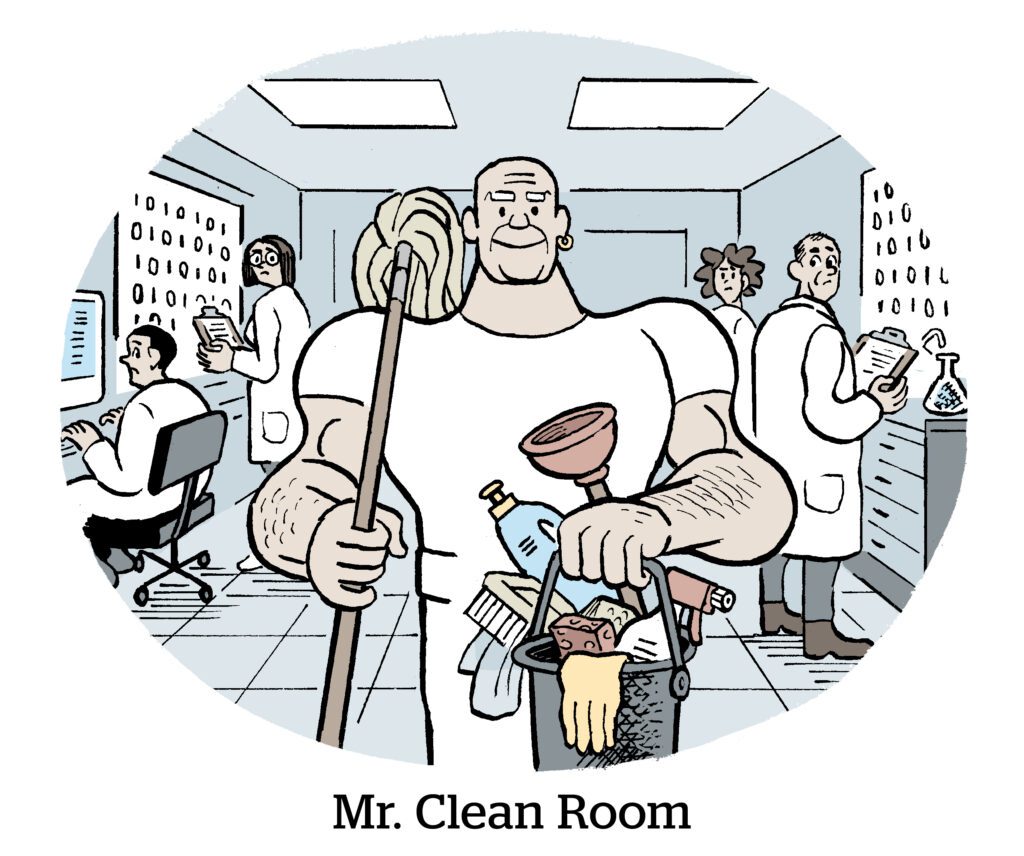LiveRamp reported an unexpected boost to Q3 revenue, from $160 million last year to $185 million in 2024, during its quarterly call with investors on Wednesday.
The company has a number of tailwinds, said CEO Scott Howe. LiveRamp benefits by the disappearance of Oracle’s ad business – another prominent data marketplace provider and a main rival in data onboarding – as well as secular growth to digital advertising. But the big opportunities, of course, come from CTV and commerce media.
Although, LiveRamp also has growth coming if it can mature as a business.
Can LiveRamp mature?
LiveRamp is quick to note that it is not an ad tech company, like many people might bucket the company.
An analyst from Susquehanna bank asked about the growth of CTV ad revenue, to which Howe responded that “it’s not something we breakout any more specifically, because we’re not a media take rate business.”
Take it up with The Trade Desk (which reports earnings tonight and has never broken out CTV revenue either).
Longtime LiveRamp earnings listeners would also be familiar with the management team’s ongoing commitment to becoming a “Rule of 40” company. That’s MBA jargon for when a SaaS company has a combined growth rate and profit margin of 40. By the middle of next year, LiveRamp is expected to reach the Rule of 30 benchmark, with a forecasted 12% growth rate and 18% operating profit margin, Howe told investors.
There is no magic to becoming a Rule of 40 company. The company is cutting costs in orthodox ways. Chief Financial Officer Lauren Dillard noted offshoring as a “big lever for the business.” LiveRamp has gone from 60 to 250 offshore roles in the past year.
Although, she added that those savings are “somewhat masked by the addition of Habu-related expenses,” and should show up as a margin expander next year.
Net profit remains slim. When all the costs and accounting were said and done, LiveRamp took home $2 million in Q3 2024, down a bit from $5 million a year ago.
The network effect
When it comes to media and advertising, LiveRamp is all in on the proposition of a single, full-funnel network.
“We’ve talked so much over the last couple of years about retail media networks, but add in here these entertainment networks that we’re going to start to see,” Howe said.
For instance, he said that LiveRamp is working with “virtually all” of the major CTV streaming companies for data clean room services.
One investor asked about LiveRamp’s data clean room integration with Netflix in August. Howe said those deals won’t start flowing until next year, since new online ad products aren’t tested in Q4, “which is kind of the height of the silly season from a publisher technology perspective.”
Right now, LiveRamp’s data clean arrangements with Netflix, Disney and other CTV companies is paired with a handful of major enterprise advertisers. Commerce media is the same. LiveRamp is a data clean room partner of Walmart Connect. Walmart is still growing on the platform, but currently the product is being used by 10 brands, Howe said.
As well as the advertisers and publishers, “the other key component of our network is our data marketplace,” Howe said.
He said that LiveRamp has identified particular data sources as valuable contributors – “the biggest retailers, the largest card issuers, data-rich CTV companies and the major airlines” – that it plans to bring into its network.
For LiveRamp, this is an important differentiator. The company’s identity graph and data marketplace are inextricable to the value proposition of its clean room network.
Other data clean room vendors, for instance, stand up a company’s own clean room to operate as a walled garden-type service for targeting and measuring ads. InfoSum markets a private cloud-based clean room it calls “Bunkers.”
LiveRamp is betting that big advertisers and media companies don’t just want to have clean room technology, but also have a kind of central mall where the people with money can browse what’s on offer from LiveRamp’s sell-side network.
“This clean room network is a significant growth opportunity,” Howe said. “We think the combination of our identity, connectivity, data access and clean room capabilities, all of them on a single platform, all of them available to the entire ecosystem, is a unique competitive advantage.”


















